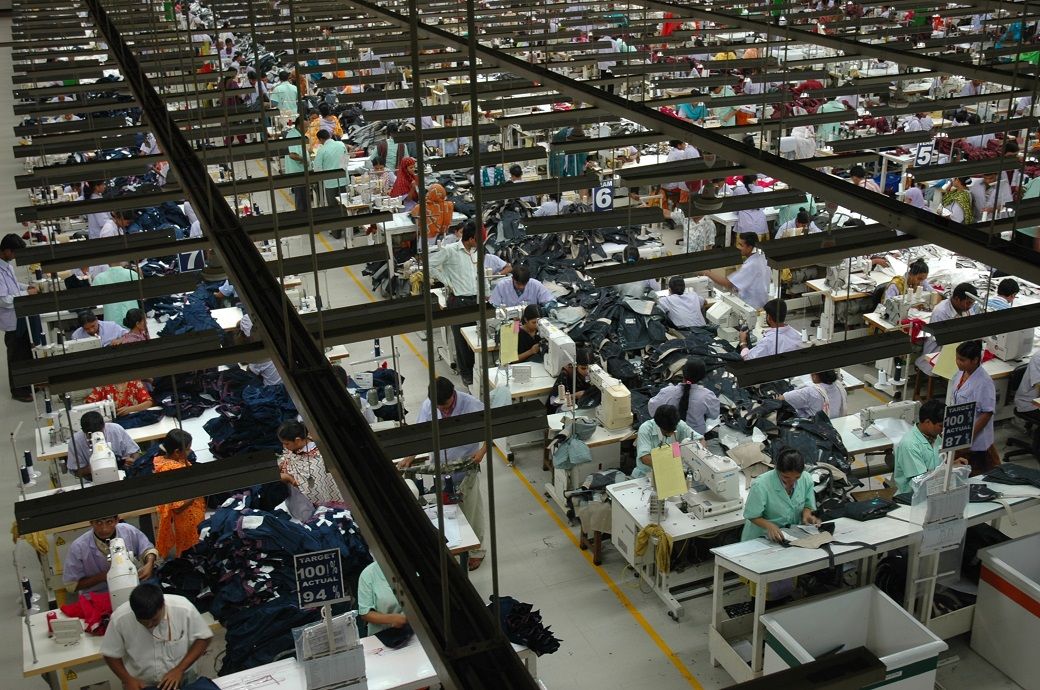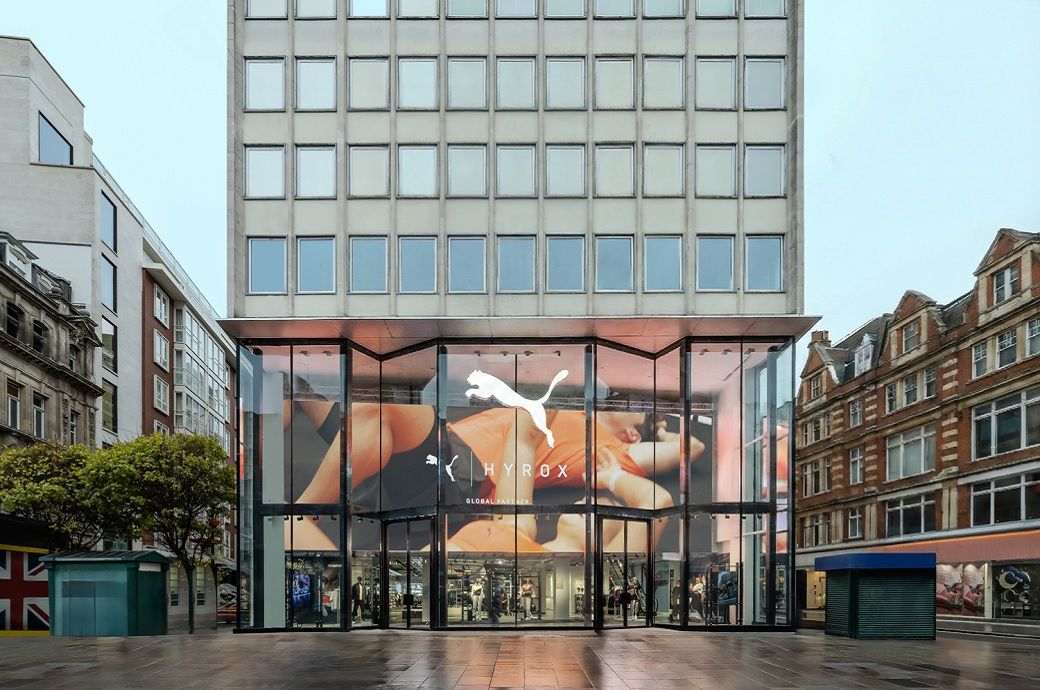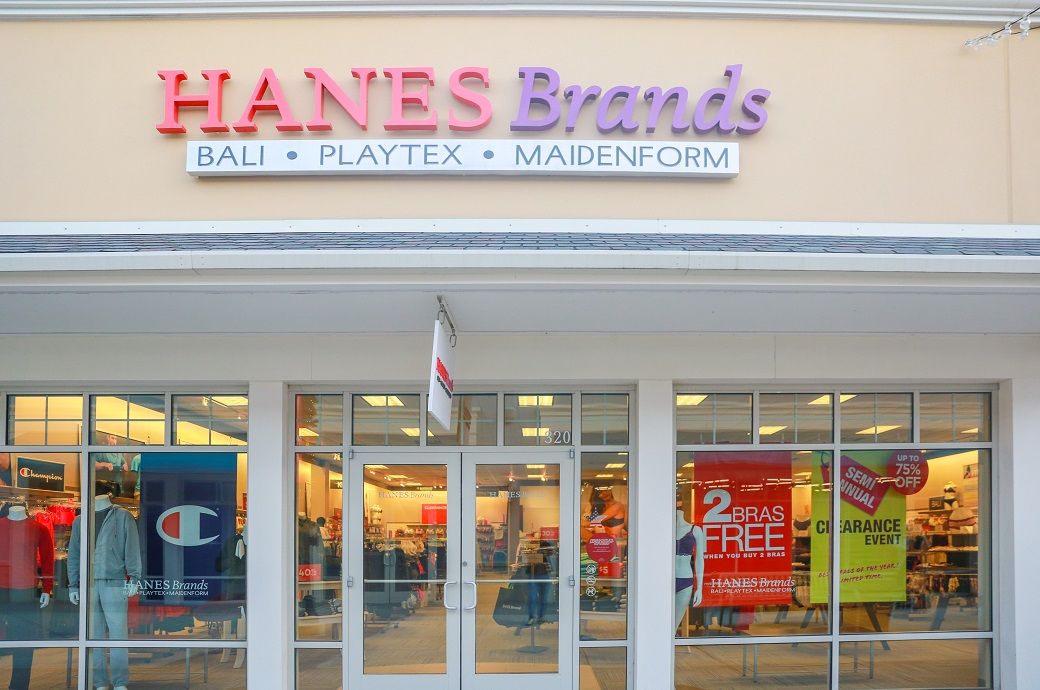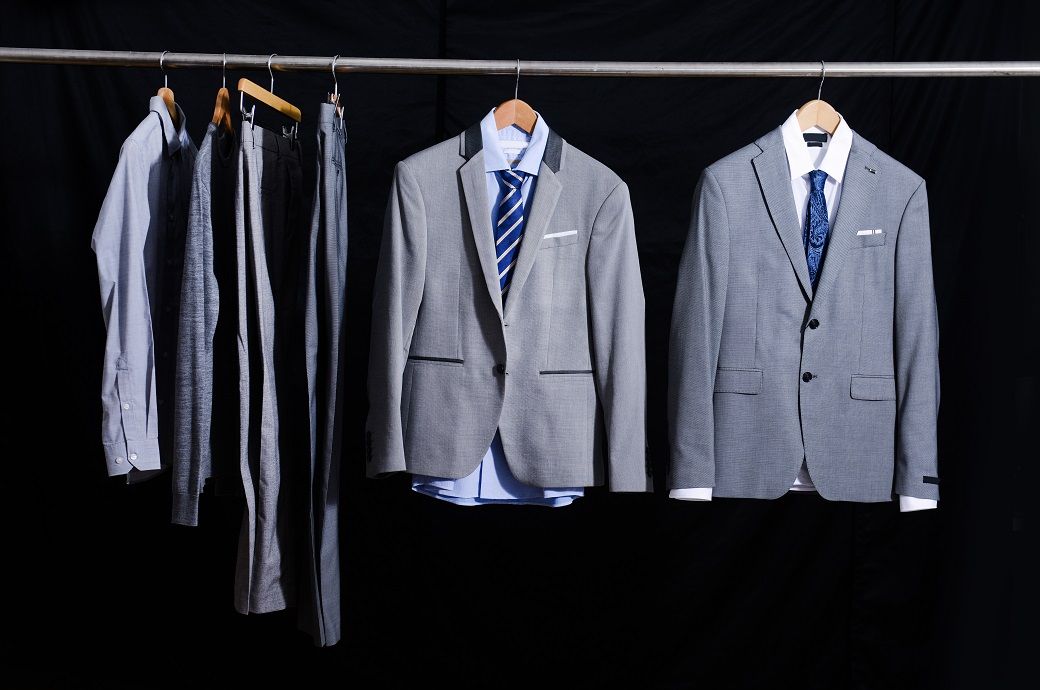
The new tariff rate has been lowered to 20 per cent, down from the earlier 35 per cent, following a final round of intense negotiations held in Washington.
The US has reduced tariff on Bangladeshi goods from 35 per cent to 20 per cent, following final negotiations in Washington.
The US is Bangladesh’s largest export market, accounting for $9 billion annually, including $7 billion in garments, as per some estimates.
Move offers major relief to those RMG suppliers, heavily dependent on the US market.
This reduction is being celebrated as a critical diplomatic success for Bangladesh.
Chief Advisor Muhammad Yunus publicly congratulated the country’s negotiators, calling the trade agreement a “landmark” deal and a “decisive diplomatic victory.”
As per reports, Yunus remarked, “By reducing the tariff to 20 per cent, 17 points lower than anticipated, our negotiators have demonstrated remarkable strategic skill and unwavering commitment to safeguarding and advancing Bangladesh’s economic interests.”
The revised tariff rate comes as a welcome development for Bangladesh’s apparel exporters, especially the ones heavily dependent on the US market for their survival and business growth.
According to media reports, more than 250 Bangladeshi garment factories had been under intense strain due to fears of a potentially crippling 35 per cent tariff hike. Such a scenario could have severely disrupted operations, leading to potential factory closures and job losses.
These factories were particularly at risk because a large portion of their exports are directed to the US, according to media reports which cited data from the Bangladesh Garment Manufacturers and Exporters Association (BGMEA).
In addition to these 250 factories, another 1,000 were also anticipated to face substantial pressure, although their dependency on the US market reportedly varied between 1 per cent and 60 per cent.
According to reports which cited the data of the garment makers’ body, 1,322 BGMEA-member factories export to the US. Among these, 822 factories export up to 20 per cent of their total production to the US. Meanwhile, 176 factories export between 21 per cent and 40 per cent of their output, 87 factories export between 41 per cent and 60 per cent, and 91 factories send between 61 per cent and 80 per cent of their products to the US. Additionally, 46 factories reportedly rely on the US market for between 81 per cent and 90 per cent of their exports, while 100 factories ship 91 per cent to 100 per cent of their total output to the American market.
The US is Bangladesh’s single largest export destination, reportedly accounting for nearly $9 billion in exports annually; of this, over $7 billion reportedly comprises readymade garments—a critical segment of Bangladesh’s economy.
Factories under the Bangladesh Knitwear Manufacturers and Exporters Association (BKMEA), another trade body in the country’s garment sector, also maintain robust trade relationships with US buyers.
Industry experts had previously warned of the consequences if the tariff rate remained high.
In an earlier interview with Fibre2Fashion, Fazlul Hoque, Managing Director of Plummy Fashions Ltd and former president of BKMEA, expressed concerns that high tariff could prompt Bangladeshi exporters to move away from the US market. This shift, he said, would increase competition in other global markets and could even result in permanent factory closures.
“The high tariff could force many Bangladeshi suppliers to shift their focus away from the US, intensifying competition in other markets even as some manufacturers may have to shut shop for the good, thereby harming the industry further in the long run,” Hoque had stated.
Given this context, the revised tariff structure has come as a much-needed breather for Bangladeshi manufacturers, especially those dependent significantly on the US market, who now have something to cheer about.
Fibre2Fashion News Desk (DR)






